Can Moisturizer Cause Acne? 6 Signs You Are Over-Moisturising
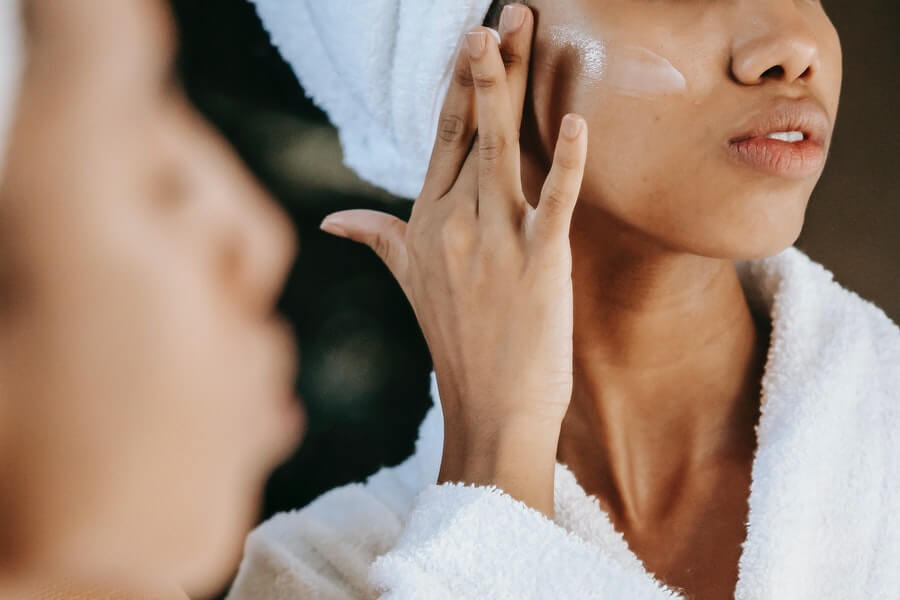
We all want perfect, healthy skin, and moisturiser is the best way to get that mythical glow. Right?
Well, our skincare routines, particularly our moisturising habits, can sometimes cause more harm than good; what you’re putting on your skin and how you apply it can make a bigger difference than you might think. And, if you’re dealing with some skin issues, you may want to look at how you moisturise it to get to the root of the problem.
So, can moisturizer cause pimples? Or is moisturiser good for acne? And how do you know if you’re over moisturising? Let’s find out!
Can Moisturizer Cause Pimples?
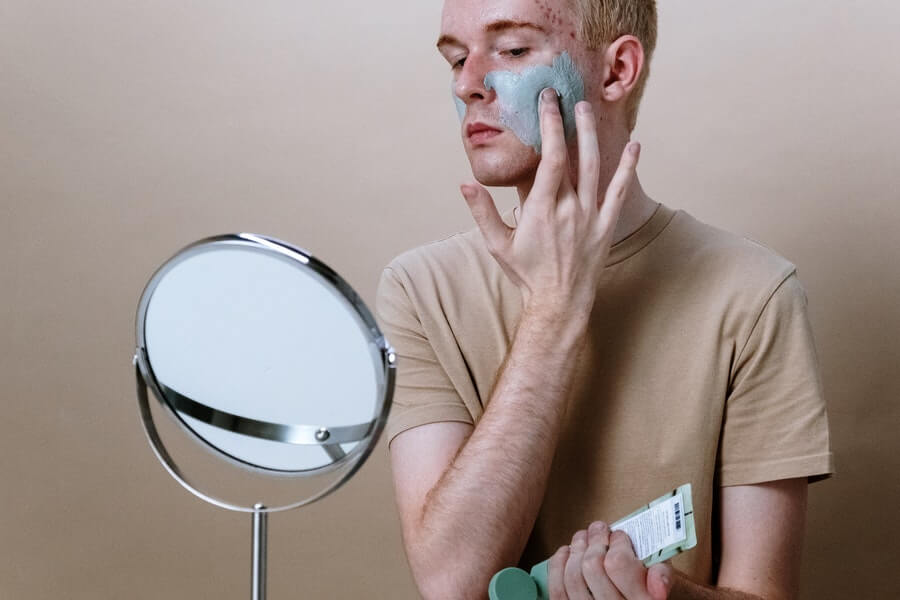
Fortunately, moisturiser itself can’t cause acne. However, the way you apply it can. Over moisturising can have a detrimental effect on your skin. Not only will it clog up your pores, but it can also stick dead cells to the skin’s surface and stop oxygen from getting to the skin. This kills off the natural bacteria that keep our skin healthy, leading to acne and other skin conditions.
Is Moisturiser Good For Acne?
On the other hand, moisturisers can be good for acne in small doses. It can help relax your skin while minimising and soothing pores. Plus, if you’re using cleansers or treatments to help fight acne, moisturisers will help reduce the dryness these products can cause.
Moisturising is essential if you’re using the following acne-fighting ingredients on your skin:
- Salicylic acid
- Benzoyl peroxide
- Adapalene
- Tazarotene
- Tretinoin
- Isotretinoin[i]
Any of these products can cause your skin to dry out quickly. In response to dried-out skin, your body will produce more oil to fight it, which will clog up your pores and cause more issues with acne.
How Often Should You Use Moisturiser?
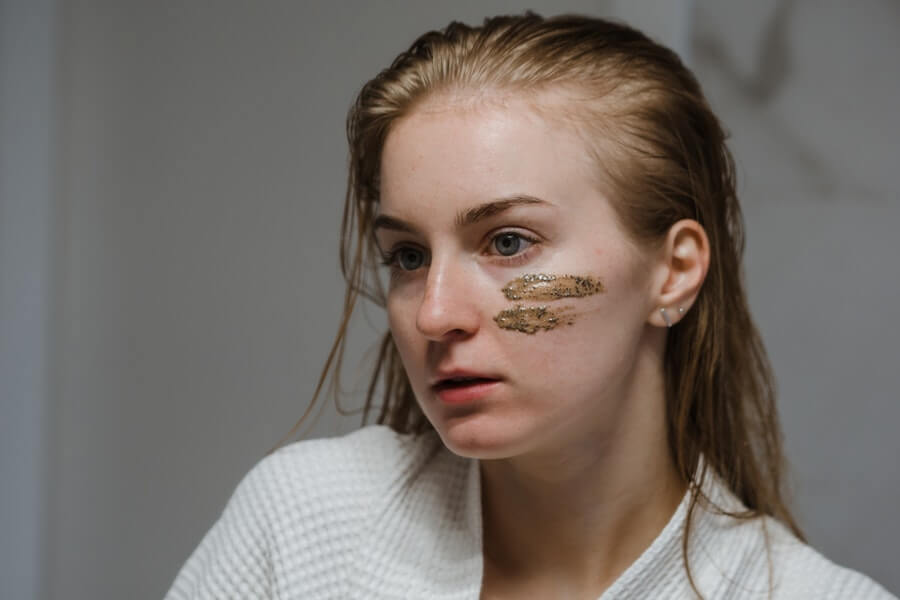
To successfully use moisturiser with your acne treatments, you should apply it, at maximum, twice a day[ii]. This is best done once in the morning and once at night, after washing your face. That way, your skin retains a constant moisture content throughout the day and is well protected from any external factors.
How Much Moisturiser Should You Use?
Surprisingly, most of us use much more product than we need to when it comes to skincare. Dermatologists recommend using only a pea-sized amount (or one pump) of moisturiser to cover both the face and neck[iii]. Using this quantity will ensure that your skin gets the right amount of moisture without any wasted product or acne flare-ups.
6 Signs You’re Over Moisturising
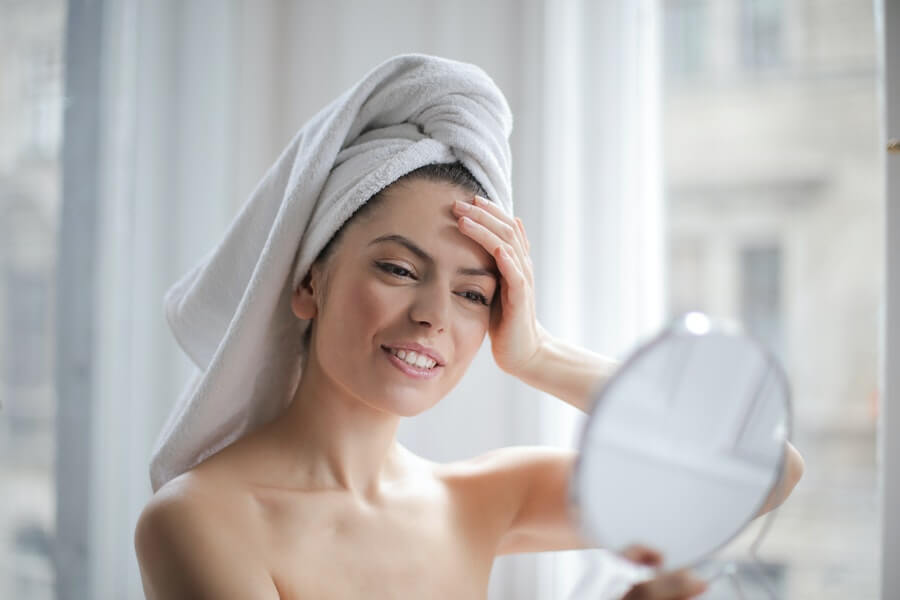
Now we’ve answered ‘can moisturizer cause pimples’, we can explore some wats to reduce the chances of this happening. When it comes to applying moisturiser, less is more. Good quality moisturisers are usually highly concentrated, meaning they provide excellent results with minimal usage. On the other hand, using too much moisturiser can be highly harmful to your skin, causing unwanted reactions and flare-ups. However, you often don’t realise you’re over-moisturising until the damaging side effects have set in. Fortunately, there are a few telltale signs to look out for so your skin doesn’t get to this extreme. Here are six signs you’re over moisturising and what you can do about it.
1. Clogged Pores
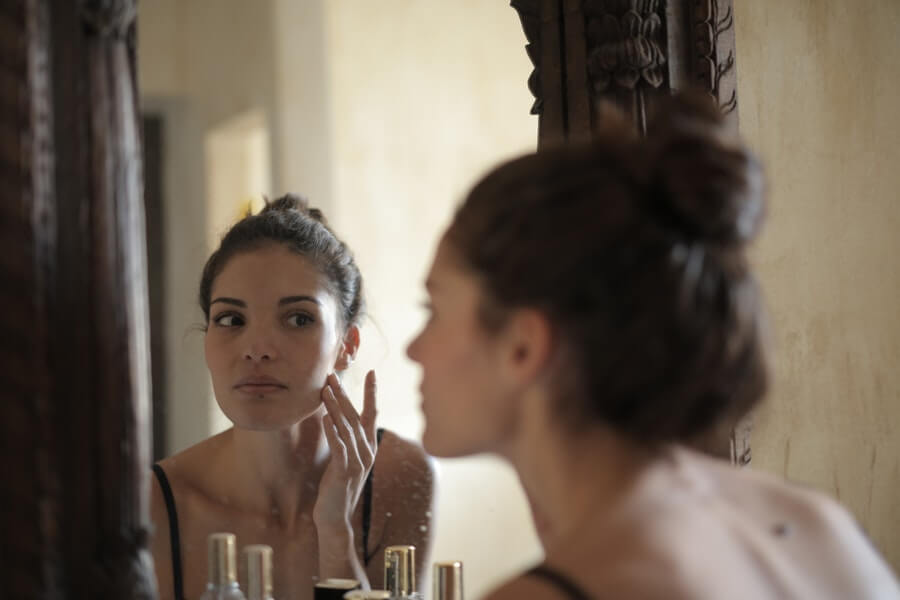
Clogged pores are an unmistakable sign of over moisturising. Applying too much product or choosing thicker moisturisers can often clog your pores and hair follicles, trapping oil and dead cells beneath the skin. Clogged pores are the culprit behind blackheads, whiteheads and mild forms of acne.
How To Treat Clogged Pores
Luckily, there are several ways to unclog pores before the effects worsen. By combining some of these solutions, you should see a difference in your skin in a few weeks. Some fixes for clogged pores include:
- Don’t squeeze your pores or any spots on your face
- Use a non-comedogenic daily moisturiser
- Try a cleanser that contains salicylic acid
- Exfoliate your skin
- Use a pore strip[iv]
Although there are a few ways you can go about unclogging your pores at home, the best way to safely remove all the gunk and clear up your skin is with professional facial treatment. This way, you can be sure that your skin will be clean and free of blackheads without the risk of damage to the surrounding skin. Although you could get a facial at a salon, an online facial course can help you treat clogged pores and other skin conditions from the comfort of your own home.
2. Acne Break Outs
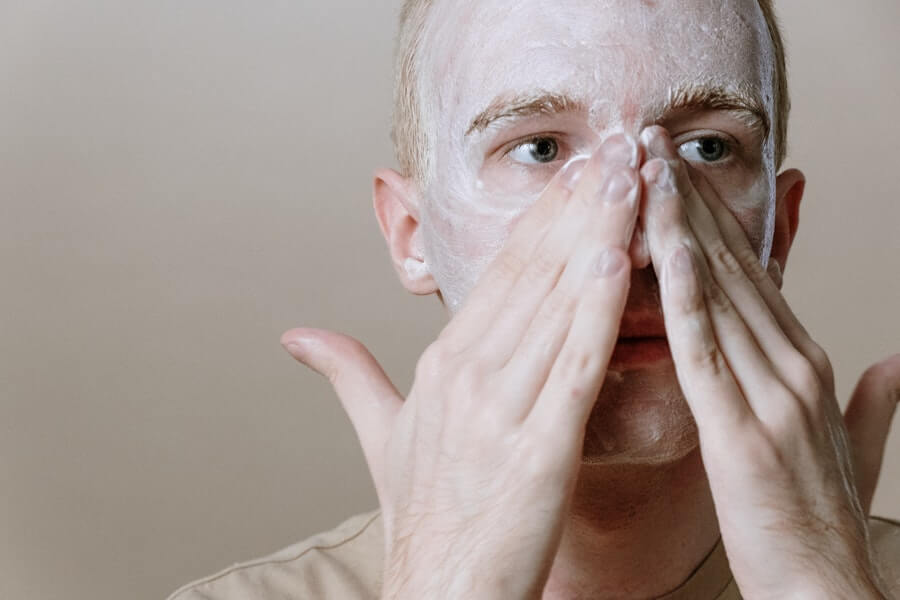
On the subject of clogged pores, this pesky problem can increase spots and acne breakouts. When applying moisturiser, your skin will absorb as much as it needs. If you have used too much product, the excess has nowhere to go and will simply linger on top of your skin. This extra greasy layer attracts bacteria and dirt. This nasty bacteria then gets accumulated in the pores, leading to acne breakouts.
If clogged pores get infected, this can lead to inflamed acne. Typically, inflamed acne consists of swelling, redness, and deeply clogged pores. Unfortunately, inflamed acne can be difficult to treat and may require the help of a dermatologist or health professional.
How To Treat Acne Break Outs
Although acne can be troublesome to deal with, there are several ways to calm your skin and reduce the lifespan of any breakouts.
- Use a moisturiser that contains salicylic, glycerine and hyaluronic acid
- Apply moisturiser twice a day in a thin, even layer
- Wash your face twice a day
- Eat more whole foods
- Drink at least eight glasses of water a day
- Get enough sleep
- Try over the counter medications
- Don’t pick at acne pimples
- Don’t pop acne pimples[v]
3. Rashes and Redness
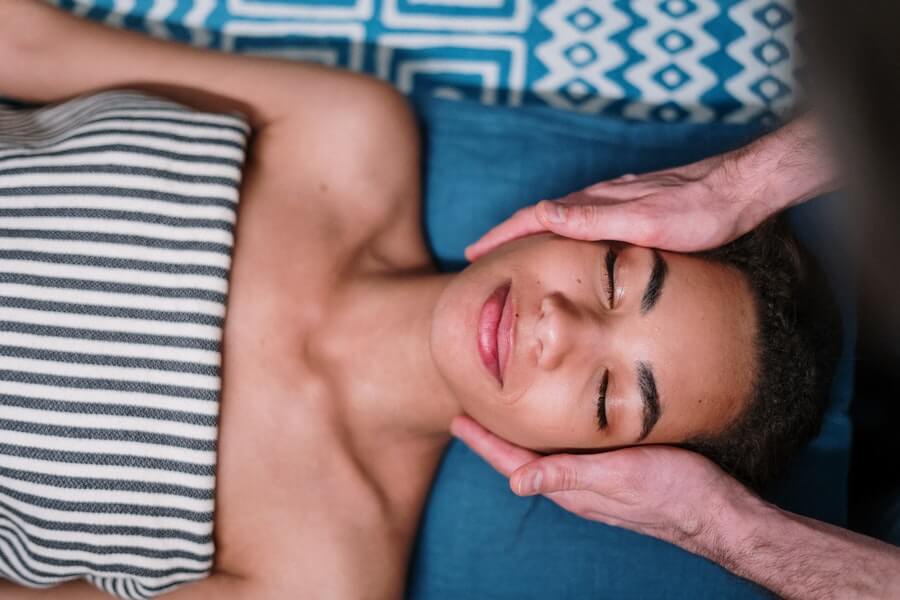
Although sensitive skin can react to certain products in a similar way, the development of a rash or skin redness could indicate that you are over moisturising. These rashes are often accompanied by irritation, itchiness and, sometimes, dry or flaky skin. However, these symptoms could also be a sign that you have eczema.
Since skin redness and rashes could be a variety of issues, such as rosacea, it’s best to discuss this symptom with a dermatologist. This way, you can be sure that your skincare routine is behind the problem.
How To Treat Skin Redness
The best way to treat skin redness is to understand your triggers. If over moisturising contributes to the issue, choosing a milder moisturiser and using it sparingly should help clean the issue up in no time. However, there are other things that you can try should the problem persist:
- Use a mild moisturiser
- Avoid moisturisers with ingredients like retinol and hydroxy acids
- Keep the rest of your skincare routine simple
- Wear sun cream every day
- Only use gentle exfoliants
- Get in touch with a dermatologist[vi]
4. Excess Oil Production
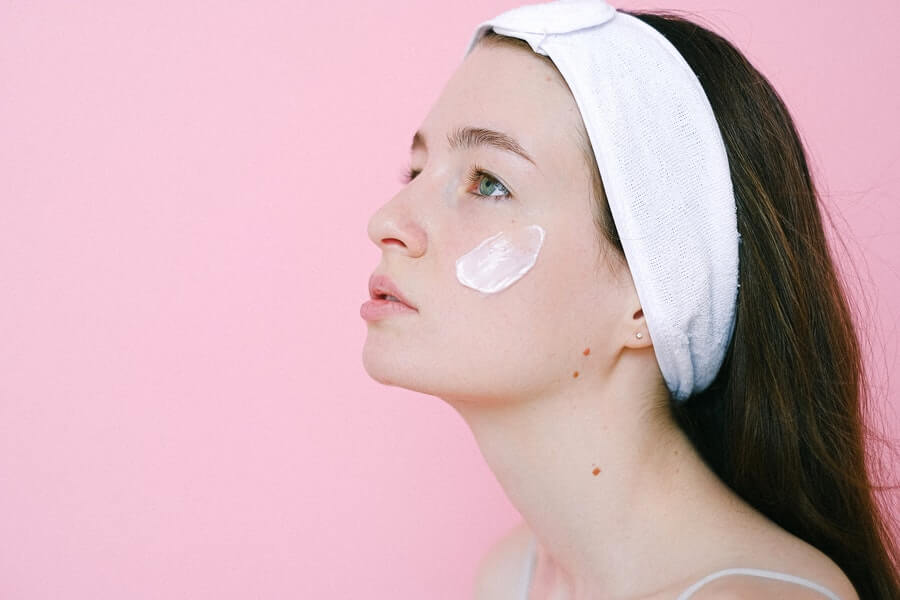
Over moisturising can wreak havoc on your skin’s sebum production and, for those with oily skin, this can be particularly harmful. Very oily skin will cause your face to be shiny and enlarge your pores, leaving you more prone to acne breakouts.
How To Treat Oily Skin
Oily skin isn’t necessarily a bad thing, as oil is important in preserving the skin and reducing the evidence of wrinkles. However, if over moisturising is the culprit of your oily skin, you should try:
- Using an oil-free moisturiser
- Look for skincare products that include glycolic or salicylic acid
- Drinking plenty of water
- Using blotting papers
- Wearing sun cream regularly
- Resisting touching your face too much[vii]
5. Small Bumps All Over The Face
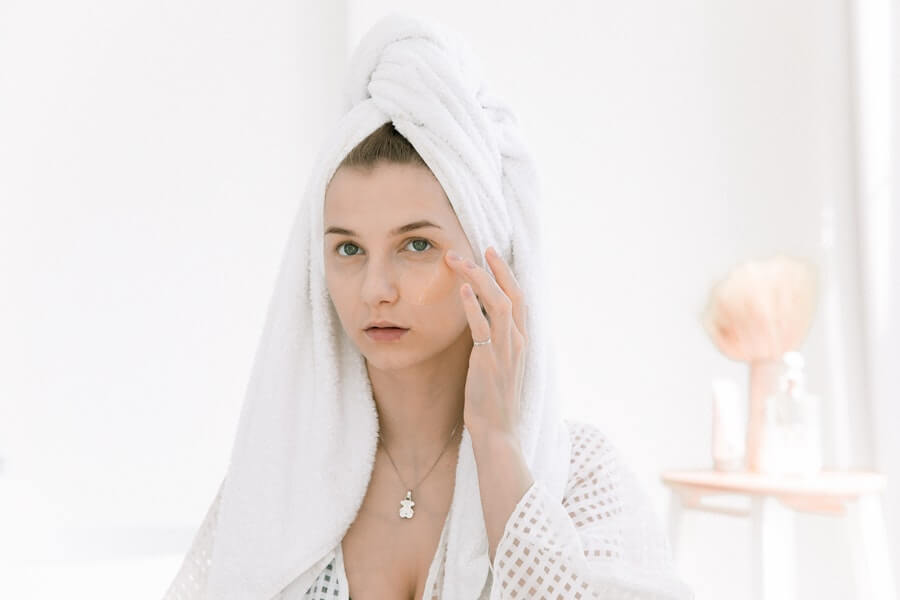
Clusters of small white bumps on your face are a telltale sign of over moisturising. Although you might reach for your spot treatments, these small bumps aren’t actually acne. Instead, they’re called milia and form when certain proteins of the skin become trapped within pores. Although milia usually pop up if you use a body moisturiser on the face, it can also happen with heavy formulas and over applications.
You mustn’t try to pop milia yourself. Instead, get in contact with a dermatologist, who will give you the best advice to get your skin back on track and may remove milia spots for you.
How To Treat Bumps On The Face
If you rearrange your skincare routine, milia will usually go away on its own. But there are a few steps you can take to help reduce the effects and protect your skin, including:
- Regularly cleaning and moisturising the skin
- Refraining from picking at milia spots
- Applying night serums
- Steaming opens your pores
- Using gentle exfoliants[viii]
6. Dry Skin
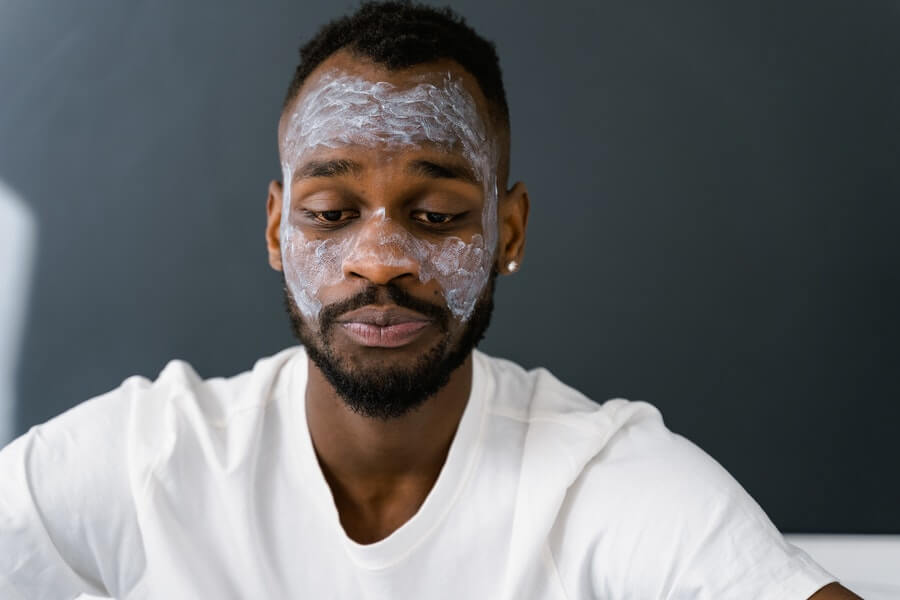
Surprisingly, dry skin is a common symptom of over moisturising, especially if you’ve never experienced it before. This is because using an excess of skincare products can cause your skin’s oil production to lower. Since the skin requires oil to protect itself properly, reduced oil production can dry your skin out.
How To Treat Dry Skin
Dry skin can be difficult to deal with, particularly if over moisturising is behind it. You should see a difference in a few weeks by making some changes to your skincare products. Some other tips you should try are:
- Use moisturisers containing Vitamin E and hyaluronic acid
- Use a gentle cleanser
- Exfoliate regularly
- Over the counter medications[ix]
So, Can Moisturizer Cause Pimples?
You asked ‘can moisturizer cause pimples’, and now you know – although moisturising can be good for acne, using too much moisturiser can do more harm than good. However, now you are equipped to combat the signs of over moisturising, you should be able to handle your skin issues like a beauty pro!
Do you have any advice on dealing with signs of over moisturising? Let us know.
Sources
[i] https://bellamedspaatl.com/should-you-moisturize-active-acne/
[ii] https://www.aad.org/public/diseases/acne/skin-care/habits-stop
[iii] https://www.glamourmagazine.co.uk/article/how-much-product-to-use
[iv] https://www.biore.com/en-us/blog/brightening/clogged-pores/
[v] https://www.healthline.com/health/beauty-skin-care/why-am-i-breaking-out
[vi] https://www.today.com/style/dermatologists-reducing-inflammation-redness-face-t157043
[vii] https://www.aad.org/public/everyday-care/skin-care-basics/dry/oily-skin
[viii] https://www.healthline.com/health/skin-disorders/how-to-get-rid-of-milia
[ix] https://www.medicalnewstoday.com/articles/324935

Leave A Comment